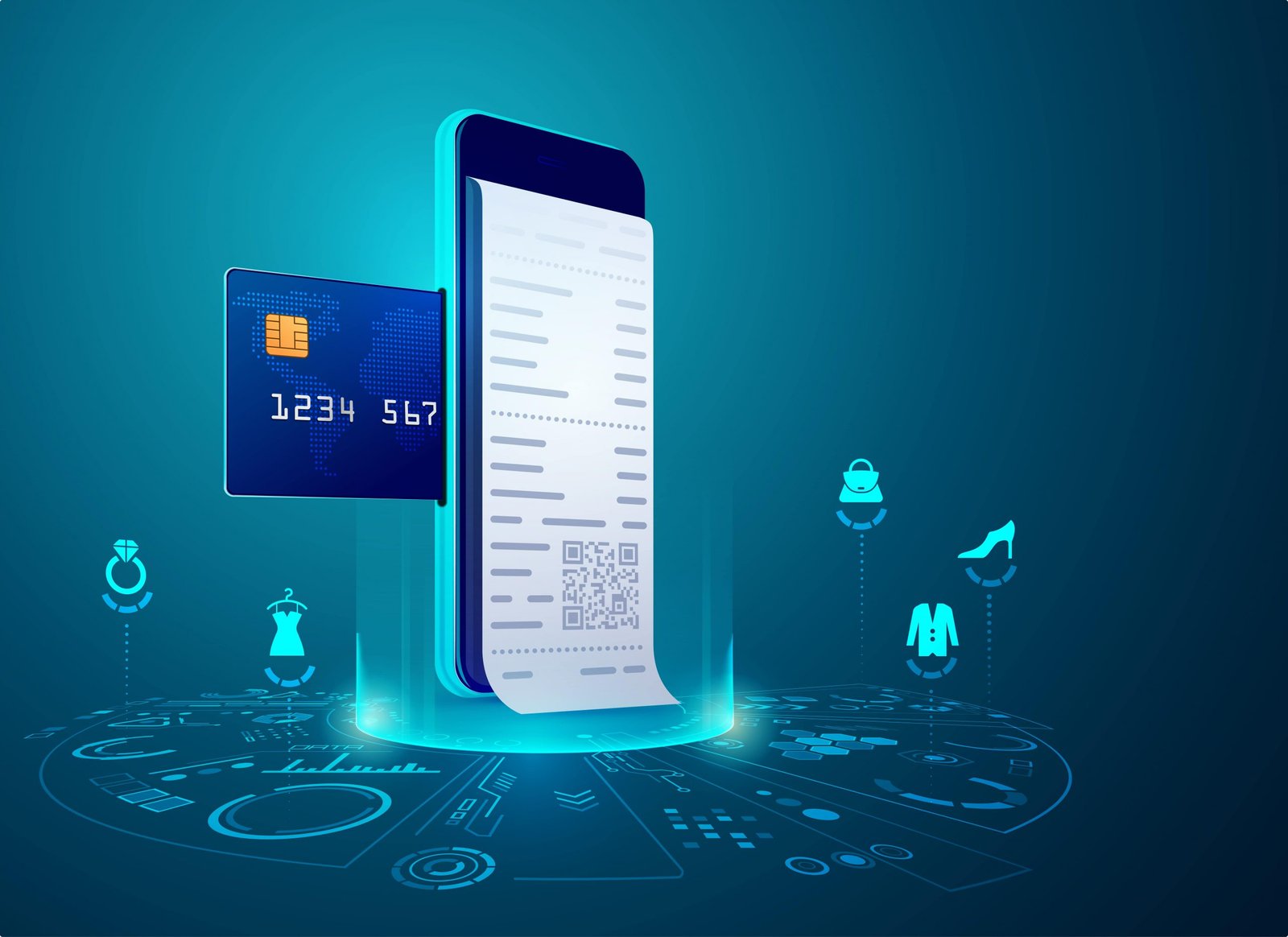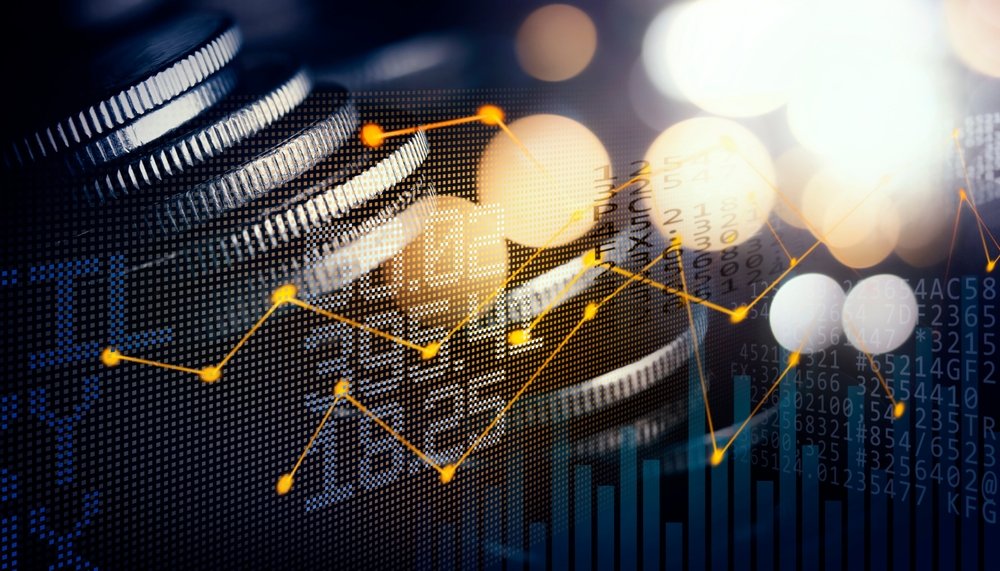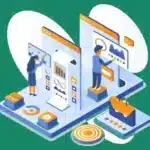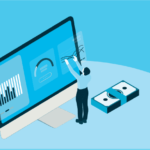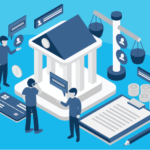Rise of Digital Payments and Their Impact on Loan Collection
Digital payments and their effects on debt collection: Shifting towards digital debt collection
Loan delinquency was a problem all around the world before the pandemic, COVID-19, and it has only worsened since. This is not an issue related to some countries but has become a global one:
- The value of debt globally increased more than 9% from the first quarter of 2020 to the last, from 258 trillion U.S. dollars to 281.5 trillion U.S. dollars. The fourth quarter of 2020 was when the global debt value exceeded three times that of the global GDP. (Statista)
- Consumer debt in the United States increased by over 5%, from $14.08 trillion U.S. dollars in 2019 to $14.88 trillion U.S. dollars in 2020. (Experian)
- The rise in the national debt of India increased from 1.9 trillion U.S. dollars in 2019 to 2.35 trillion U.S. dollars in 2020. (Statista)
- The total debt in the U.K. increased from 2.29 trillion U.S. dollars at the end of 2020 to 2.38 trillion U.S. dollars at the end of November 2021. The debt on an average per household at the end of 2021 was £63,112. (The Money Charity)
- The greatest threat to debt collection globally is the usage of old-fashioned debt collection. Banks and lenders are using archaic channels rather than modern digital channels that yield better results, a flaw that has amplified the failure of debt collection since the pandemic, and ensuing lockdowns around the world.
Impact of Digital Banking and Payments
India alone has experienced tremendous growth in digital finance with nearly 1 billion digital cards and over 2 billion PPIs, like digital wallets, online banking accounts, and digital payment modes, as of 2021 (MoneyControl). The Unified Payment Interface (UPI) of India alone saw transactions worth Rs 421 crore (approximately US $55.90 million) in October of 2021.
The COVID pandemic has fast-tracked cashless transactions. Digital banking is the new normal, and since debt collection is all about financial transactions, it is clear that digitization is impacting banks and debt collection agencies.
Going Digital: Aligning with the changing consumer behavior for enhanced outcomes
McKinsey recently surveyed banks, lenders, and credit card customers who recently have faced the onslaught of delinquency. They aimed to determine through what channels the banks are trying to reach their customers, the success of these outcomes by channel, and how their customers like to receive contacts from their bank. Some outcomes from that survey showed that:
Only 2% of lenders utilized online banking as a channel of communication, though mobile phones and Internet banking were widely used. The results of the banks and lenders in employing these channels resulted in a larger percentage of debts recovered via digital channels such as online banking, mobile application pop-ups, and push notifications, while the least positive results were recorded on non-digital methods.
The Challenges in Debt Recovery
Most banks and lenders do not use the digital solutions of the debt collection processes. Various provisions can make the digital solution for user profiling, risk analysis, tracking of loan delinquents, etc. This well in advance might reduce the probability of defaulters.
Digitization is lacking in the front end. The lenders make use of such archaic methods of communication to contact the customer, like letters via digital channels.
Government policies are getting strict, and archaic methods like calls and personal loan collection become a problem. There are federal rules that do not allow calling a customer before and after a certain time of the day. Rules against threats or bodily harm, etc.
Increased economic issues and a pandemic have, in turn, made more debtors, and those debtors tend to become more delinquent. The respective banks and other lenders are often short-staffed and will not be able to achieve all their goals manually.
E-Debt Collection: Escalating Collections Rates
Digitization of debt collection is no longer a choice; it is an absolute must. Today, consumers are mostly accessible through digital channels due to the widespread penetration of smartphones and the ease of internet access. Banks and lenders have to shift to digital means.
In the digital platform of debt collection, lenders are bound to improve significantly in customer experience and satisfaction and bring up levels of compliance besides hitting business objectives. Here are some benefits that banks are now getting through the avenue of digital debt collection:
- AI analytics solutions discovered trends, anomalies, and potential opportunities in a debt collection business. Predictive modeling studies users’ data identifying early potential defaulters or a customer who run at risk. As a result, it enables the banks to take proactive measures such as credit counseling and creating plans for manageable repayment specific to the customer; this boosts collections.
- Customer data and spending behavior, preferred modes of communication, etc., are making banks formulate meaningful and targeted repayments and communicate the same repayments through the customer’s chosen means of communication.
- Data collection and tracking follow governmental rules and regulations. Banks can also communicate regarding debt collection through digital channels in compliance with regulatory and rule-related requirements. This allows the lender to be within the boundaries of laws and regulations.
- Consumers prefer digital channels because it provides them with their own time in addressing repayment. To give customers this freedom, yet still keeping regular touch points, banks would have to find an omnichannel presence to establish. Banks can contact their debtors with different channels so as not to harass them, yet also allow a debtor to initiate contact with a bank through whichever channel they please.
- Digital communication frees the debtor from anxiety, which is normally experienced after a debt collection call. It gives them privacy and control, allowing them to choose the time and frequency for communication. That has a great impact on the collection of debt.
- Automation enables the debt collection agent to focus on only those efforts that are of high risk or have maximum chances of payment. Communications, such as emails, chats, push notifications, etc., are repetitive and can be automated so that they automatically go out at preset intervals while saving agents for the more critical job. That way, the banks can continue with minimal personnel and compensate for this paucity of manpower.
Digital Debt Collection
Speaking broadly, banks should introduce digital solutions across three segments:
Acquisition
Acquired in the study of the persona of the consumer, credit history, previous interactions, and spending habits, in developing a very accurate report on risk analysis in the acquisition phase, technology is applied.
Monitoring
Digital monitoring of customers and expenditure habits for gaining real-time insights into the ability to repay loans. Further usage of AI-based analytics to be able to come up with repayment plans based on the user’s situation.
Retention
Collect as much as possible via banks while at the same time keeping the level of customer satisfaction at optimum by digital solutions such that repeated business keeps happening.
Today, digitizing the process of debt collection is not a hard thing to do. FinTech is an emerging sector, and banks can take a plug-and-play solution or get a customized one for the digital collection of debt.
